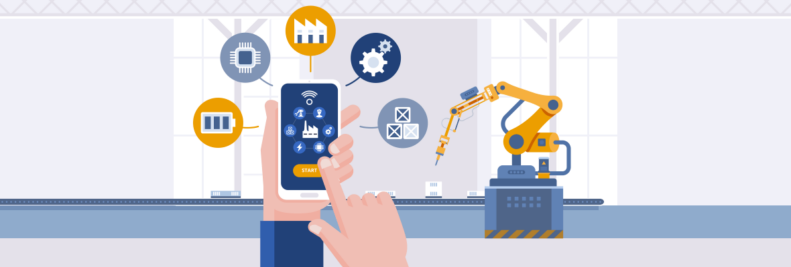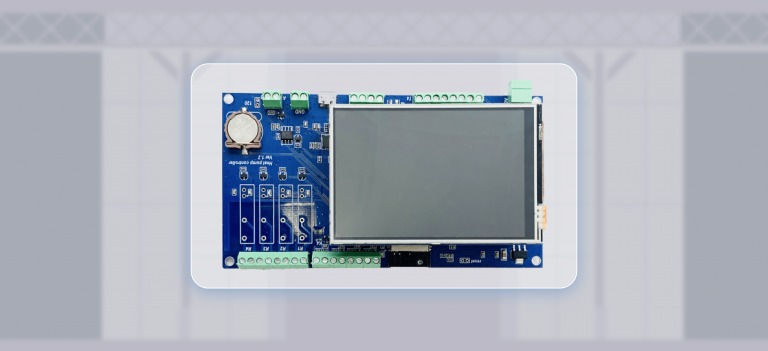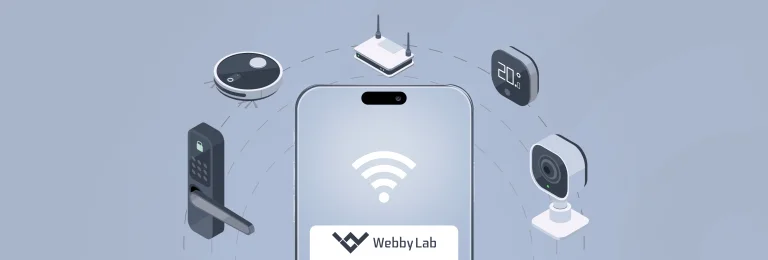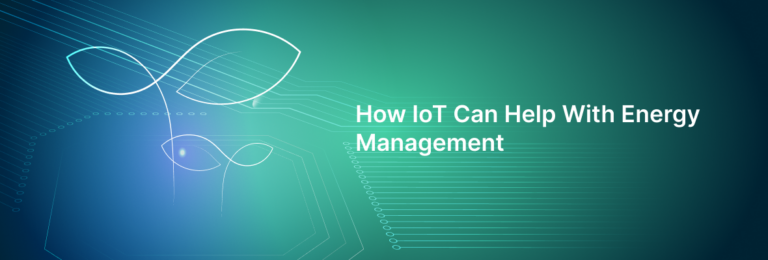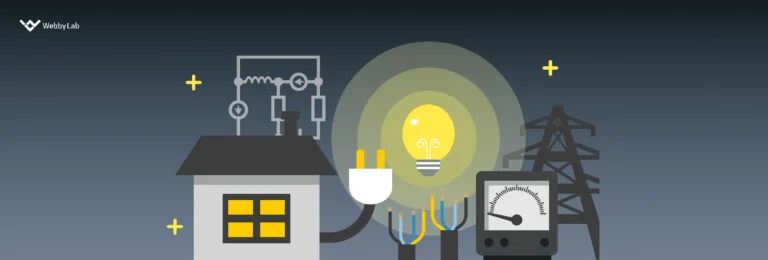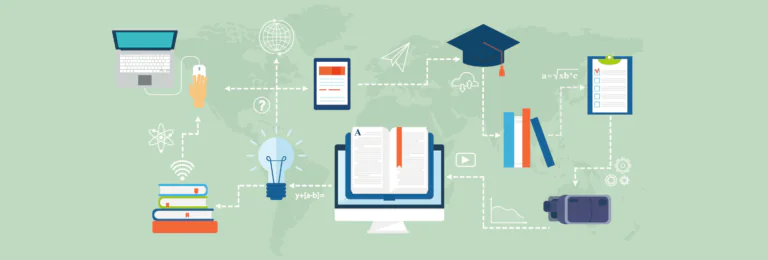Industrial IoT Monitoring System (IIOT): Use Cases & Importance
Written by:

Kostiantyn Oliynyk
Head of IoT at Webbylab
With a robust academic background in Telecommunication Systems Engineering, I apply my knowledge to lead innovations in the IoT domain. Starting as the first team member in the newly formed IoT department at WebbyLab, I've spearheaded its growth, fostering the expansion into embedded and hardware development alongside our core software projects. My dedication lies in pushing the boundaries of IoT technology, fostering a culture of innovation and excellence that profoundly impacts our clients' operational success.
IIoT plays a pivotal role in optimizing manufacturing processes by providing real-time data, insights, and control, which leads to increased efficiency, reduced costs, improved quality, and enhanced overall performance.
The future of IIoT holds the potential to drive innovation, efficiency, and transformation across industries. By leveraging the power of connectivity, data analytics, AI, and automation, IIoT will continue to reshape how industries operate, creating new opportunities and addressing challenges in a rapidly evolving technological landscape.
IIoT monitoring benefits manufacturing processes by providing real-time insights, enabling predictive maintenance, improving quality control, increasing efficiency, and supporting data-driven decision-making. These benefits collectively contribute to more streamlined operations, reduced costs, and enhanced competitiveness in the manufacturing industry.
While industrial IoT monitoring solutions offer significant benefits, organizations must navigate security, data management, integration, scalability, and more challenges. Addressing these challenges effectively requires careful planning, proper resources, and a well-defined strategy for successful implementation. Contact us and we help you to deal with all challenges.
